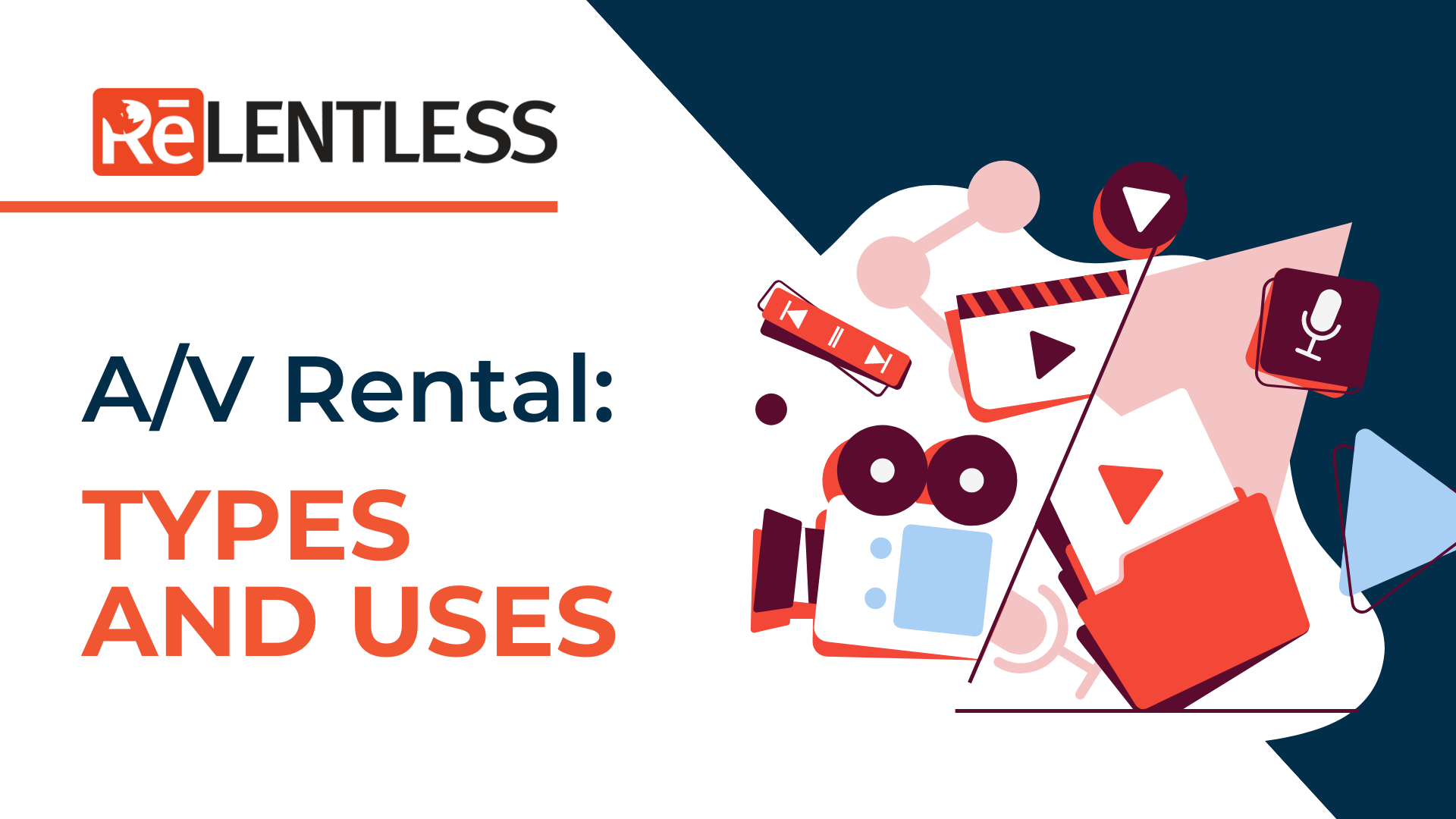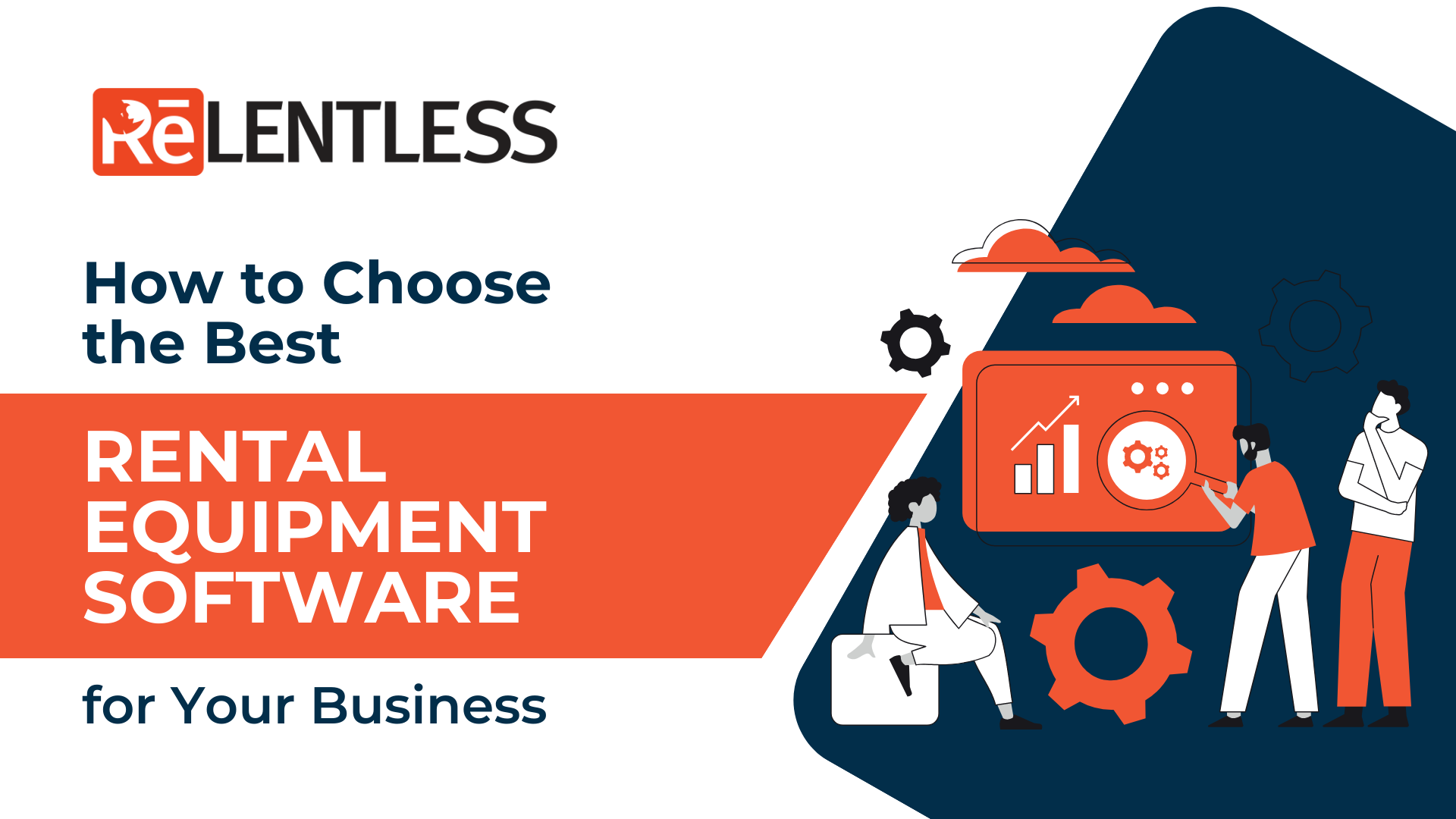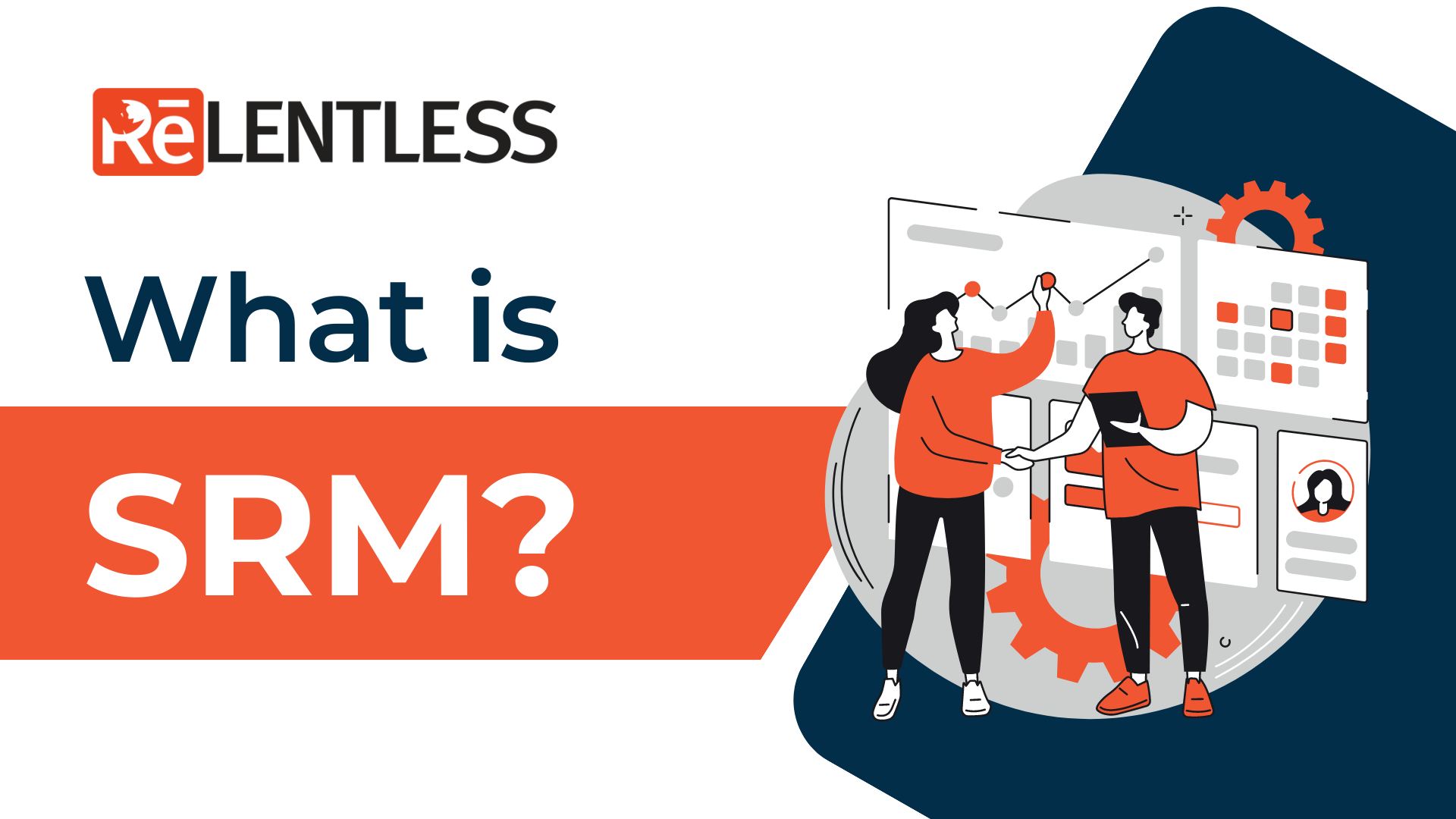The concept of Audio Visual technology has been present for over a hundred years. However, it has evolved through the decades and has drastically improved. The first device made accessible to the public was a gramophone made by Emile Berliner; it recorded audio on a spiral groove from a flat disk. Thomas Edison later revolutionized the technology, and William Dickson’s invention of motion pictures made audio-visual technology even more popular.
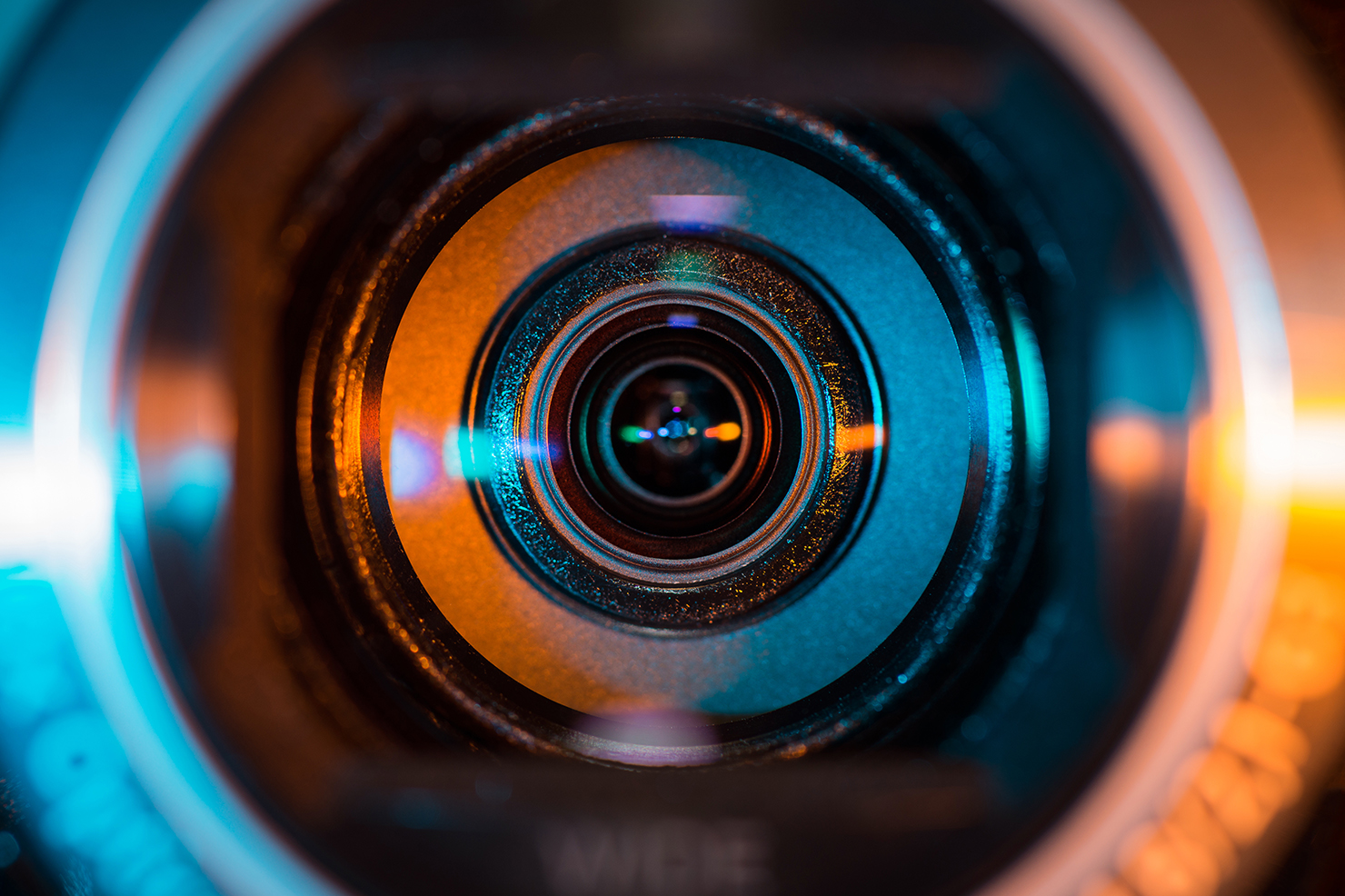
People use A/V (Audio/Visual) technology daily, mainly for the most important events in our lives. Therefore, professional-grade A/V equipment is a must, especially if a large audience is involved. However, this equipment costs a lot of money to buy and has many different pieces. Therefore, rental becomes a more feasible option.
Types of A/V Equipment Rental
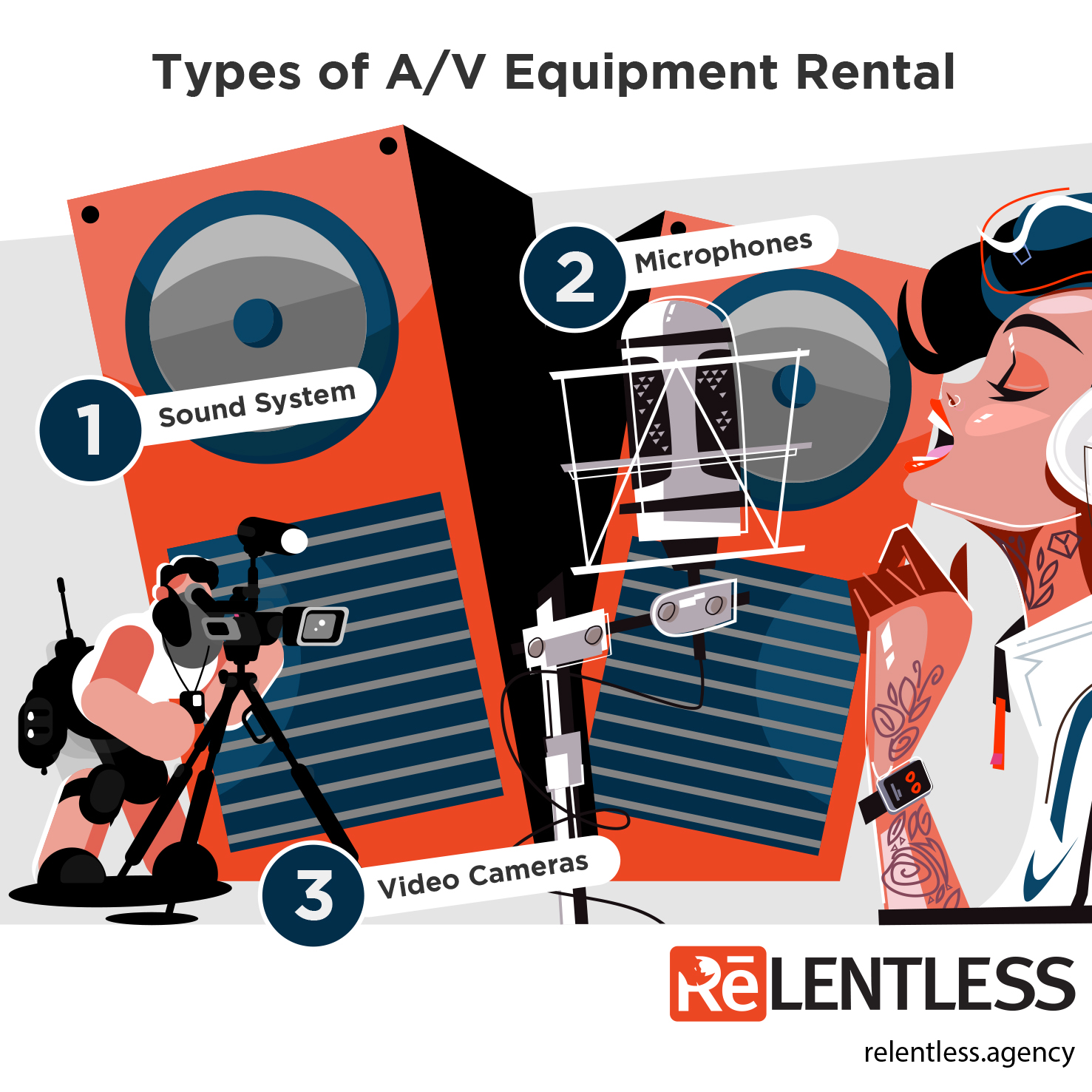
Depending on the event, creating a checklist of what you need to obtain is best. Some of the most commonly rented A/V Equipment are the following:
Microphones

Microphones are one of the most used for concerts, meetings, conferences, or even weddings. There is a wide range of microphone selections: wired, wireless, Lavalier, etc. Microphones are also subcategorized into the following types:
- Cardioid microphones capture everything in the front and block everything else. Most popular for live performances and large areas.
- Omnidirectional microphones capture sound from all angles, best used in areas with low noise, such as studios or locations with excellent acoustics.
- Figure 8 microphones capture everything from the front and back and reject the two sides. This front and back sensitivity makes it ideal for stereo recording or capturing sound from two sources.
- Line-Gradient or Shotgun microphones eliminate sound from the sides via phase cancellation, making it ideal for film and theater. It is also a good overhead mic.
Sound System

The sound system can make or break the success of your event because it controls audio output. An audio frequency amplifier enhances the power of a signal, in this case, sound waves. Therefore, it is essential for an event to have a good amplifier to produce high-quality sound, especially if the event is large and filled with many people. We also need to consider the number of amplifiers and their position at an event. An amplifier enhances the sound of the following types of speakers:
- Loudspeakers produce typical midrange frequency from 1,000 Hz to 10,000 Hz
- The tweeter is also called a treble speaker. It produces a high frequency that varies from 2,000 Hz to 20,000 Hz
- Woofers produce low frequency commonly called bass speakers
- Subwoofers complement loudspeakers but are typically positioned away from them. Professional grade subwoofers stay below 100 Hz and produce a lower frequency than woofers. Commonly termed as sub-bass or bass speakers.
A professional-grade sound system wouldn’t be complete without a Mixer Board or Sound Board. This equipment takes multiple input signals from different sources such as microphones, instruments, computers, turntables, etc., and merges them so they can be sent to speakers as one signal. An audio engineer’s job is to ensure that each input channel blends harmoniously to produce a well-balanced sound, applying effects, equalization, and dynamics.
Video Cameras
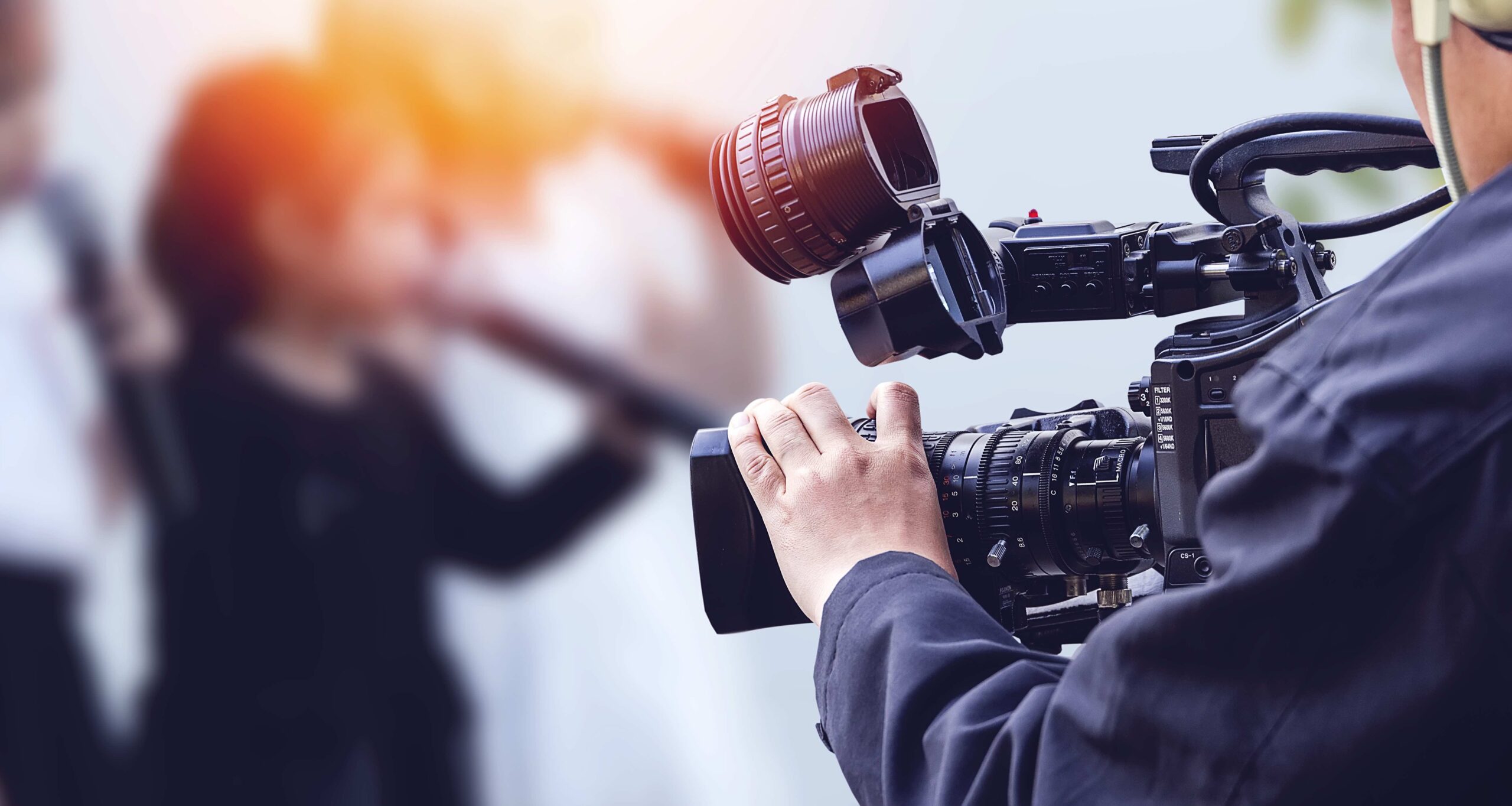
Many types of video cameras vary in price, quality, and functions. A/V equipment rental companies often provide a wide selection of cameras that produce high-end image quality.
- DSLR Video Cameras – DSLR means “Digital Single-Lens Reflex.” These types of cameras are on the expensive side and used by professional filmmakers. Nikon, Canon, Sony, and Fujifilm are some of the industry-leading brands due to their years of experience and continuous innovation.
DSLR video cameras can swap lenses, making it even more attractive for filmmakers to direct their shots creatively. Types of lenses depend on their focal length, and some of the most popular ones for videography are standard/prime lenses, zoom lenses, and telephoto lenses. - Professional Grade Video Cameras – Professional grade cameras are an extensive category. These cameras are used for making films and videography as a career. Apart from being expensive to buy or rent right off the bat, the one thing that all have in common is that they aim to produce high-quality videos. Therefore, most professional-grade cameras have many more features than a typical camera available to an average consumer at the store. Standard features include but are not limited to image sensors, processors, lenses, ISO, and aperture ranges.
- Sports and Action Video Cameras – These cameras are built to capture fast movements and activity. They are usually portable with a higher focus on stability and maintain clarity despite the subject’s movement.
Lighting
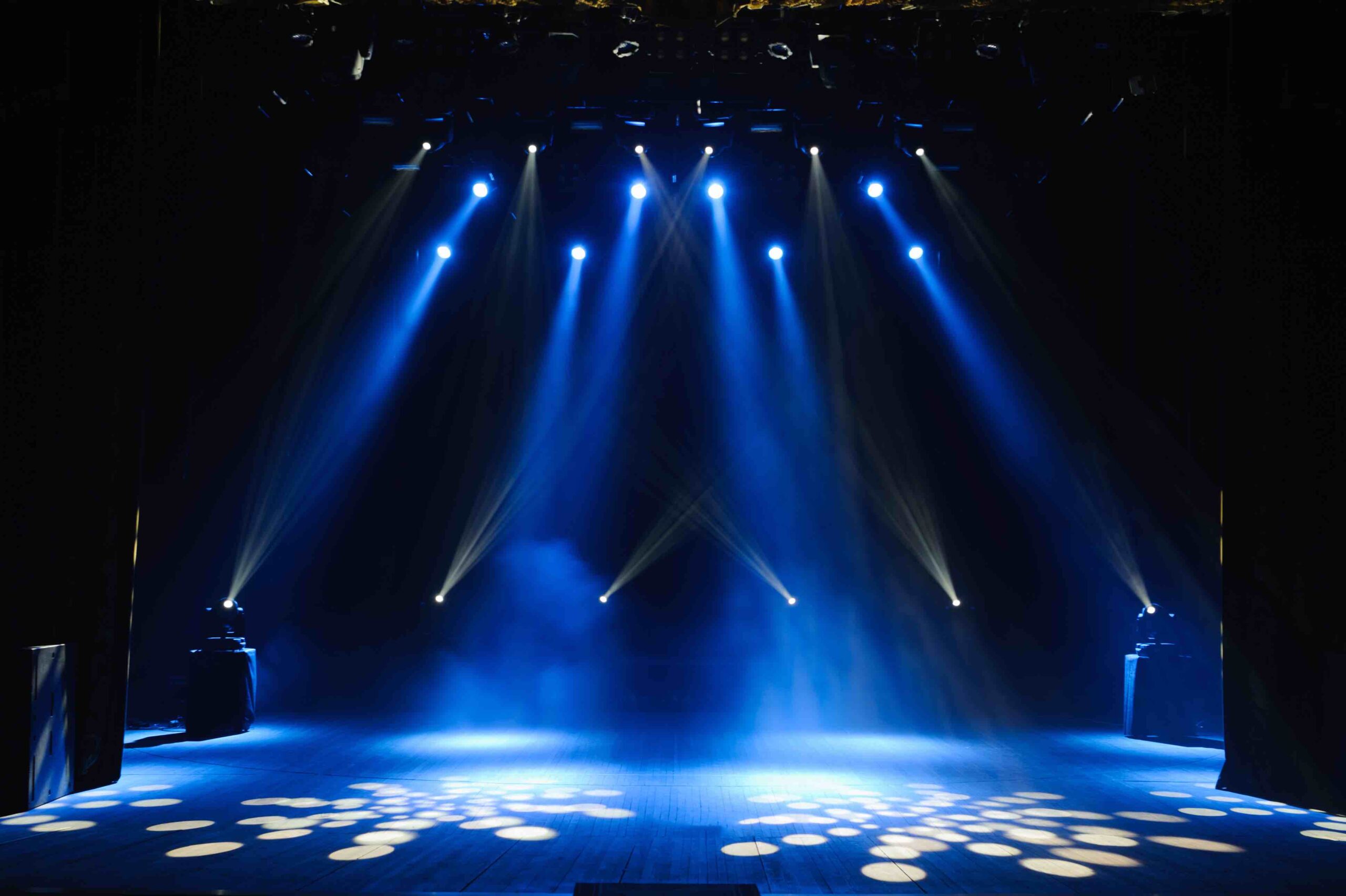
Whether an event is indoors or outdoors, adding proper lighting and employing lighting experts increases the quality of an event. A lighting technician can artistically set the event’s mood using Spotlights, Stage or Color Washes, Uplighting, and Various Effects. Modern lighting kits are made of LED technology, but some technicians prefer to use traditional lighting rigs. Both options are available in A/V Equipment Rental companies.
Screens or Projectors
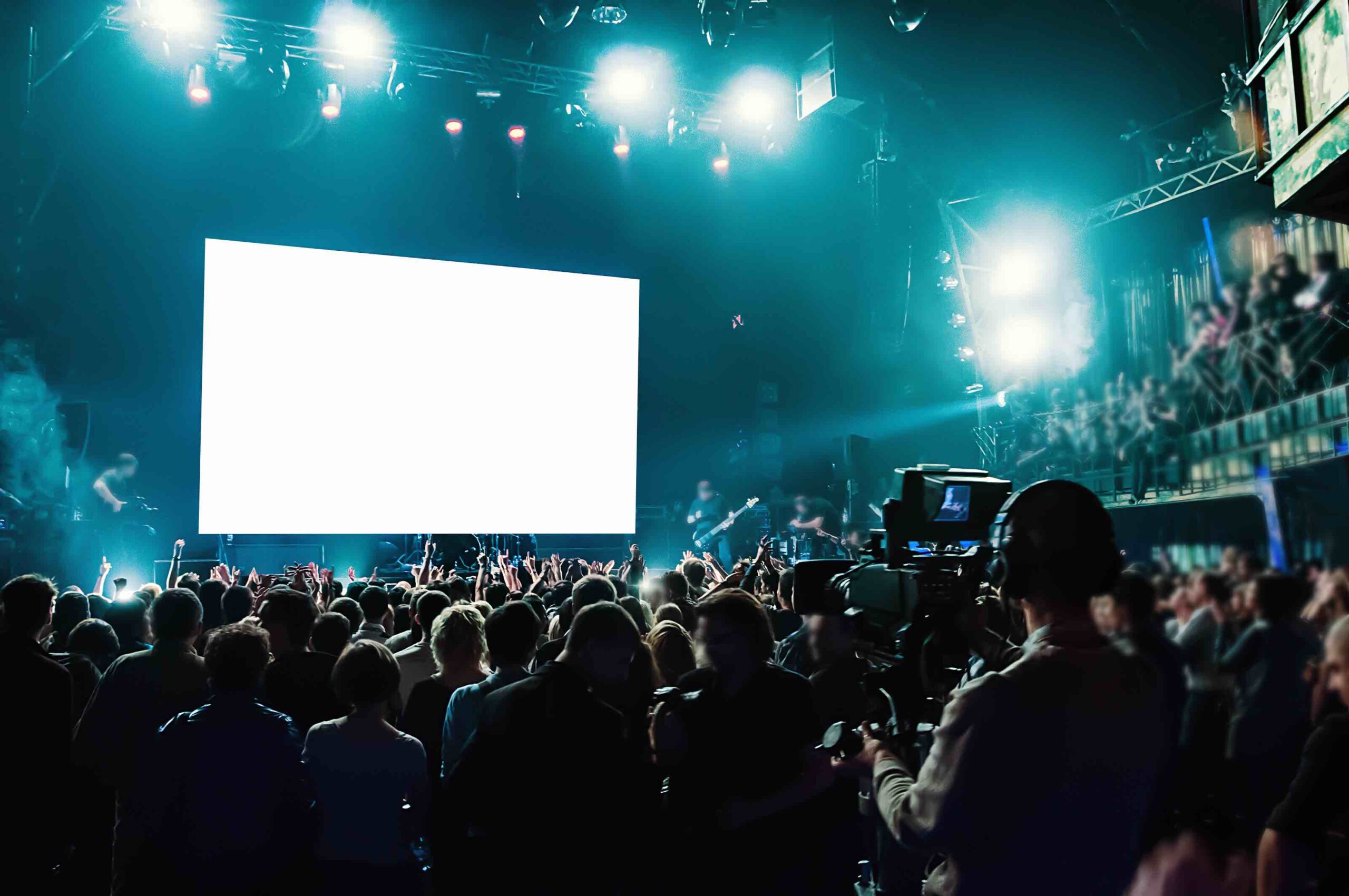
Screens and projectors should be another essential A/V equipment rental on your checklist. During events, especially those held in a large area, these visual effects will be the main focus of viewers from afar. To impress the audience, you must consider the size, type of screen, projector, and even the equipment brand.
Podiums / Staging
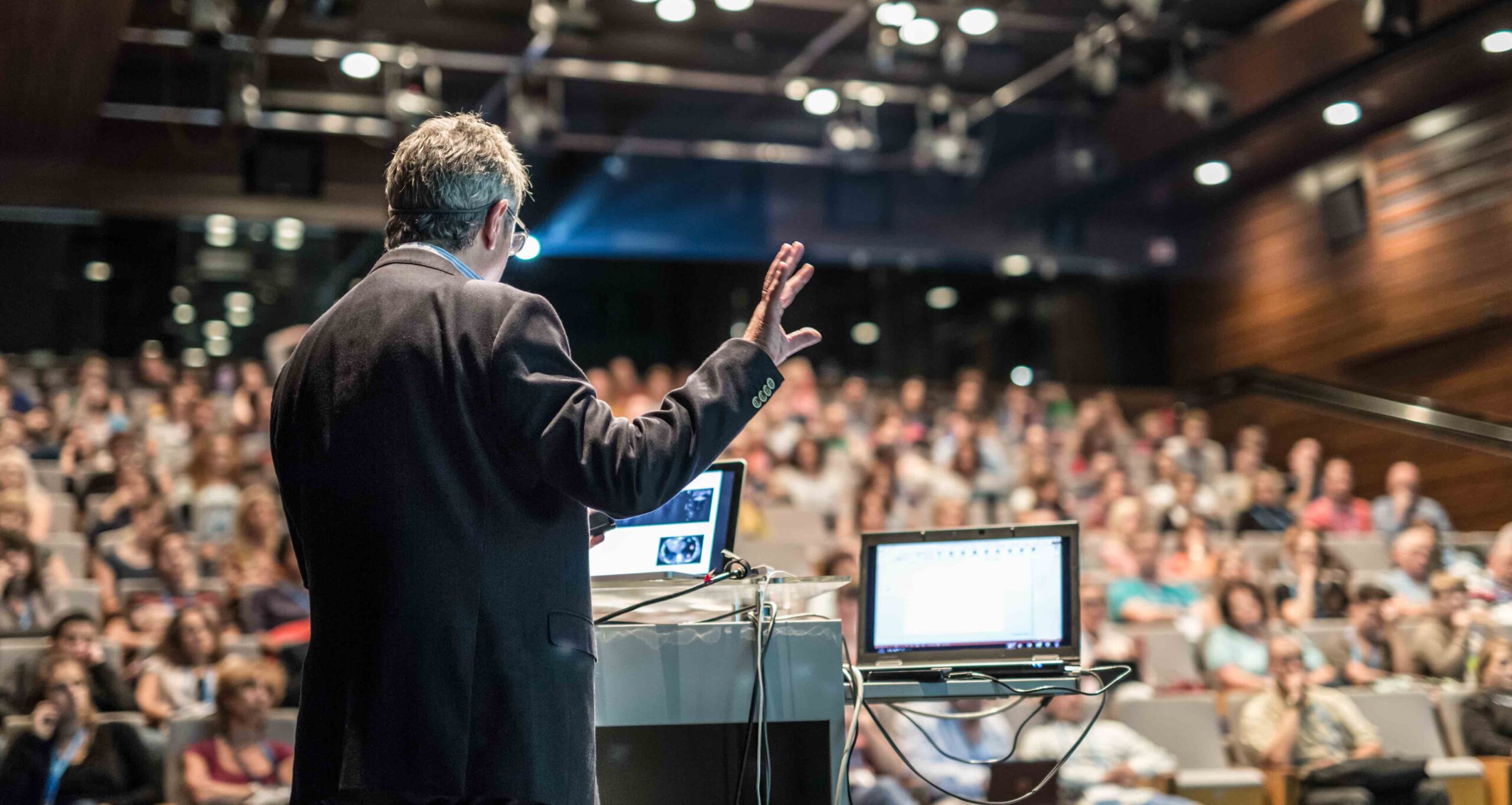
Installing a podium might be a good idea during events where people are elevated for emphasis. The variety of podiums available is so large that it is best to consult your A/V Equipment Rental partner for podium size specifications.
Instruments
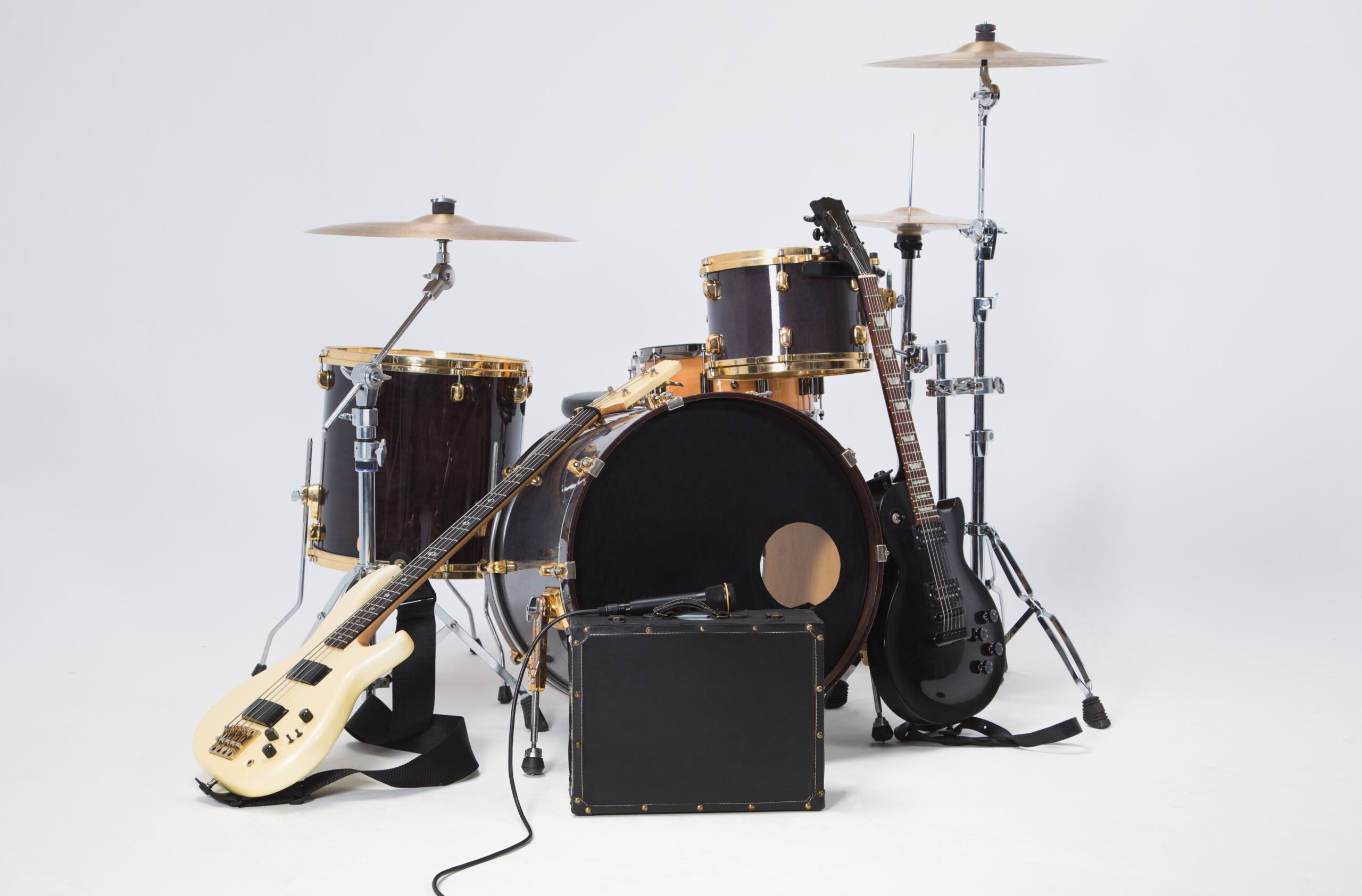
Instruments of great artists are simply extensions of their masterful hands. Some A/V Equipment Rental companies offer a backline of instrumental equipment from drumsticks to a grand piano. Renting instruments for an event is a good idea to avoid logistics hassles, especially if the artists come from different countries and use heavy instruments like pianos or drum sets.
Special Effects
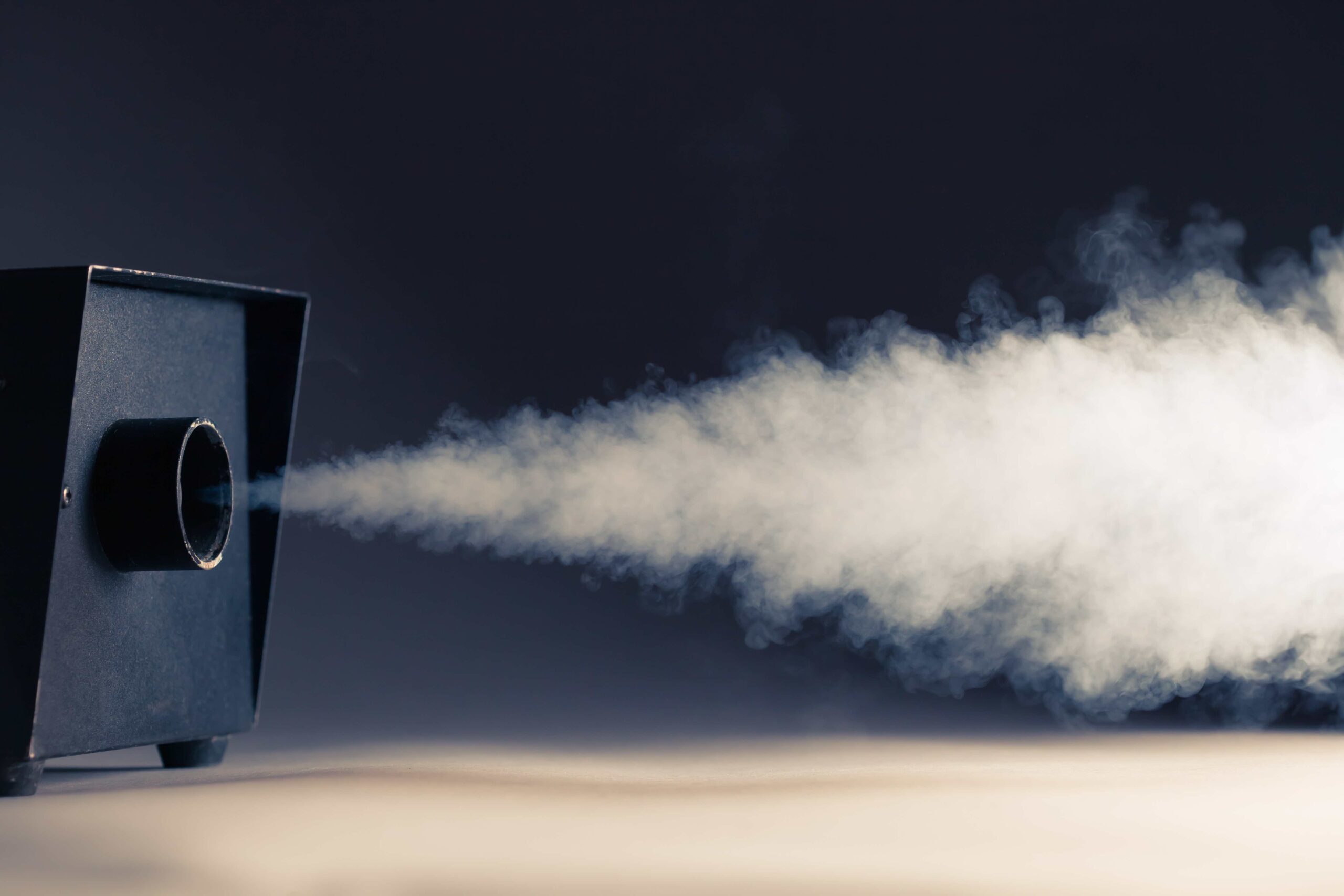
If you want an event to be extra spectacular, you might as well consider renting equipment for creating special effects. Some A/V rental companies offer such devices. Examples include fog and smoke machines, bubble machines, laser lights, and even holograms.
Conclusion
As the world strives for advancements and improvements, many new inventions will surely sprout; of course, people will either be hesitant or excited to buy those new products. Thankfully, A/V equipment rental companies have been around for years to help us decide whether to purchase or opt-out of the next new thing. For some, renting equipment is the way to minimize cost and maximize the results simply.

